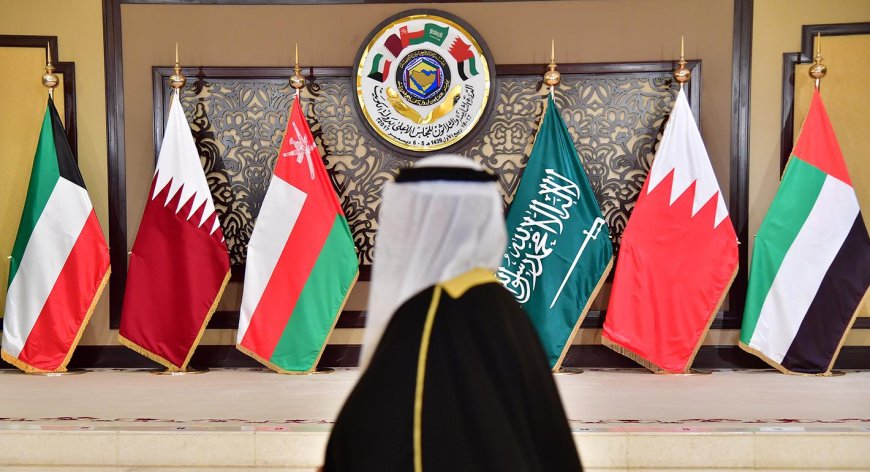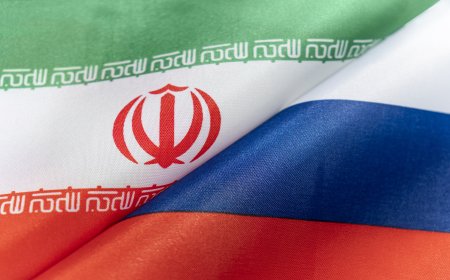A reflection on the integrated visa plan of the Persian Gulf Cooperation Council

Regionalism is an important mechanism for promoting regional cooperation and development among neighboring countries, a concept that has gained recognition since the latter half of the 20th century. In Southwest Asia, the Persian Gulf Cooperation Council stands out as the most significant regional organization.
Established shortly after the Islamic Revolution of Iran and in the early 1980s, it comprises six countries in the southern Persian Gulf region: Saudi Arabia, Kuwait, the United Arab Emirates, Qatar, Bahrain, and Oman. [1]
Initially, the goals of this council were primarily focused on the political and security realms. The member states of the council aimed to coordinate regional politics, military efforts, and security discussions. One of the main objectives was to counter the Islamic Revolution of Iran and its influence.
In the years following the Iran-Iraq war and the subsequent peace in the region, the Persian Gulf Cooperation Council shifted its focus to prioritize economic issues alongside political and security matters. [2]
However, due to various reasons such as conflicts of interest, political differences, and security concerns, efforts to achieve integration and homogeneity in the economic field were not very successful. Competition between Arab countries, particularly Saudi Arabia, Qatar, and the UAE, regarding oil exploitation, economic discussions, and attracting capital from foreign countries like America and European countries, has turned this council into a competitive arena among its members. These efforts have not led to the establishment of a specific organization. [3]
Therefore, it must be said that this council has only partially achieved regionalization in the process of regionalism. In order to further develop regionalism and promote regional unity, it must address fundamental political, identity, security, and economic challenges. [4]
Recently, at the 44th summit of the Gulf Cooperation Council in Doha, the integrated tourist visa project for the Gulf region was approved. This visa allows travelers to visit Saudi Arabia, UAE, Qatar, Oman, Bahrain, and Kuwait and stay for more than 30 days in the region.
In fact, the unified visa for the Gulf Cooperation Council countries allows anyone who obtains an entry or residence visa in one of the six member countries to enter the other countries with the same visa, similar to the Schengen visa in the European Union. It functions as a single entry visa. [5]
The benefits of this visa include facilitating the movement of tourists and visitors between the countries of the Persian Gulf Cooperation Council. This helps to increase the role of tourism as an engine for economic growth and creates new opportunities for investment in the tourism sector in each member country.
The Persian Gulf Cooperation Council is working towards economic coordination through the unified visa to create stability and attract large capital from the European Union, as well as investor countries like China and other Eastern European countries.
But will the visa modeling of the European Union by the countries of the Persian Gulf Cooperation Council be successful?
Since 2019, when relative peace and stability were established in the region, discussions of economic stability have been raised as the main priority of the Persian Gulf Cooperation Council. The key factor in this regard has been the reduction of differences between the council members.
However, the economic challenges facing the council have persisted. One of the main obstacles in the economic relations of these countries is the differing economic structures of the member states, despite their strong dependence on oil exports. The annual economic growth and inflation rates vary significantly among member countries, making it difficult to implement cohesive economic policies within the Cooperation Council. Additionally, disparities in economic power, national currency values, and market sizes among the six countries hinder the implementation of economic equalization programs.
Despite the passage of over a decade since the approval of the single currency agreement within the Cooperation Council, member states have yet to reach a consensus on phasing out their national currencies in favor of a Gulf single currency. Variations in national currency strength and the successful economic policies of certain members, such as Qatar, further complicate efforts to coordinate economic policies within the economic unit.
Given these challenges, it appears that establishing a unified visa system within the Cooperation Council and ensuring its successful implementation will not be easily achieved. Achieving this goal would require a level of relative integration in the areas of economy, trade, and tourism among council countries, which, based on the historical trajectory of the council, suggests that they are still in the early stages of this process.
________________________________________
Hadi Visi/Examining the challenges of regionalism and unity in the Persian Gulf Cooperation Council/Political Geography Studies, 3rd Year, Spring 2017, Number 9.
[2] https://www.scfr.ir/fa/101/295916
Hadi Visi/Examining the challenges of regionalism and unity in the Persian Gulf Cooperation Council/Political Geography Studies, 3rd Year, Spring 2017, Number 9.
[4] http://dubaiintl.ae/the-leader-of-the-persian-gulf-cooperation-council-says-that-the-integrated-tourist-visa-scheme-has-made-significant-progress/













































